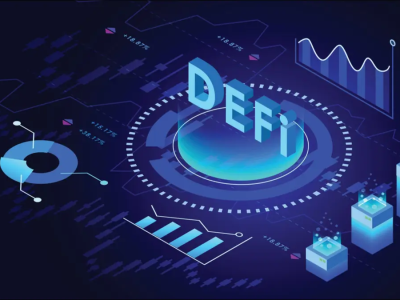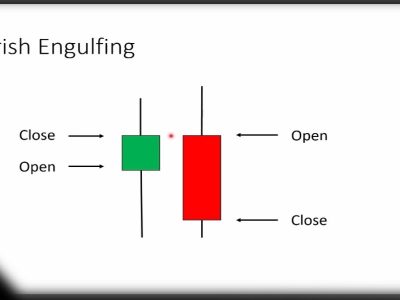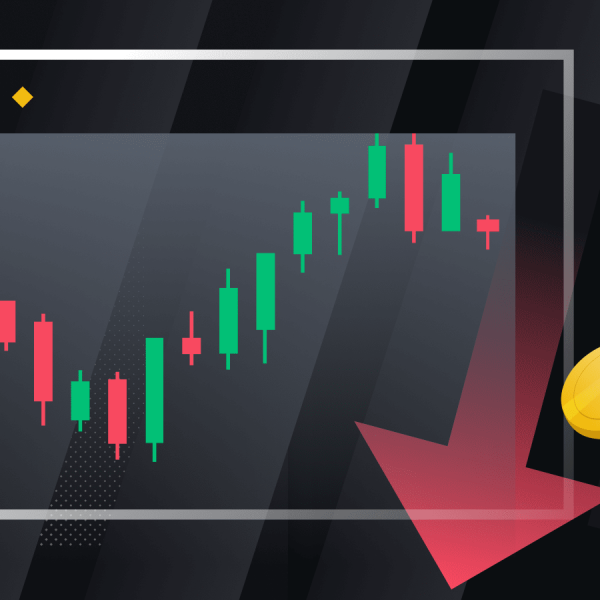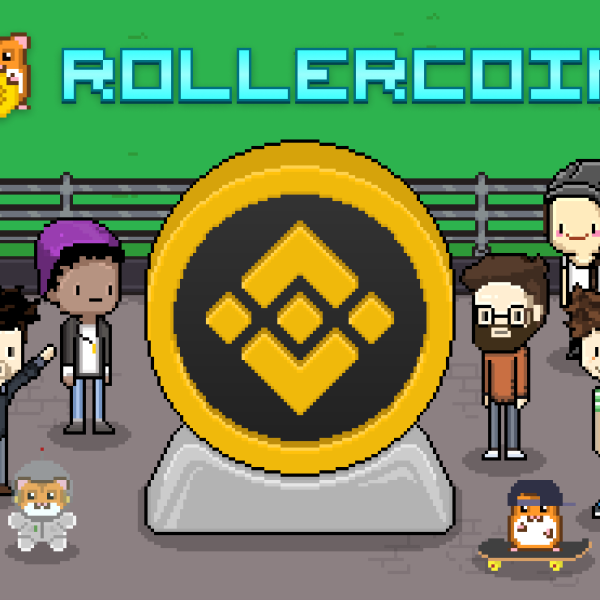Litecoin is one of the oldest coins in the cryptocurrency market. This coin was launched by Charlie Lee in October 2011. Lee was a former Google employee who designed Litecoin to complete Bitcoin and solve some problems such as transaction time, costs, and centralized mining pools. Charlie Lee made changes to the Bitcoin codes and protocols to make it more suitable for everyday use and to make it more widely accepted.
You can also read: How to use Coinmama? (The complete guide)
What is Litecoin (LTC)?
Litecoin is a peer-to-peer cryptocurrency that aims to enable immediate and near-free payments that can be made among people or institutions around the globe. Perhaps the most important reason for recognizing this coin is the use of mathematical code similar to Bitcoin. However, the supply of this digital currency and also its processing pace is four times that of Bitcoin.
Cryptocurrency is an online digital currency that merely acts as a means of direct financial exchange without the intervention of banks or other third parties. Most cryptocurrencies, including Litecoin, are decentralized.

This mechanism contradicts what we are usually used to, a central bank-dependent currency system. Such currencies are generally controlled by the government of the country or group of countries that issue that fiat currency (such as the US Dollar or Euro).
The purpose of cryptocurrencies creation is to decentralize the banking system. Many people who have tried to send or receive money through financial institutions or to and from other countries have probably run into problems.
Honestly, it is not easy to understand how money is sent between banks, its costs and why transactions take so long. These problems become more apparent in the digital age for tech enthusiasts as well as organizations that transact large amounts of money.
Charlie Lee’s goal in designing Litecoin was to complement bitcoin, not to compete with it or replace it with another cryptocurrency. This is why Litecoin is sometimes called the “little brother of Bitcoin”. According to Lee, he wanted to create a “silver” version of Bitcoin for “gold”.
Since Litecoin (LTC) can create a new block in 2.5 minutes (unlike Bitcoin: 10 minutes), its transaction time is also faster; Therefore, this digital currency is often considered a “lighter” and faster version of bitcoin.
What are the main features of Litecoin?
The main considerable features of Litecoin (LTC) are:
Blockchain
Litecoin works perfectly while handling a large volume of transactions. The reason for this capability is that Litecoin has incorporated features such as the Frequent block generations, Segregated witnesses, and Lightening. These traits enable it to support large volume transactions without any future need to make any adjustments to this software.
Mining
Scrypt is the algorithm that is used in Litecoin (LTC). It is responsible for determining the mining process of the Litecoin tokens. Litecoin’s major function is to authorize utmost degrees of the parallel processing ways that are more accessible to the novel miners than the traditional algorithm. While utilizing the Scrypt algorithm the users are assured of mining the Litecoin without worrying about using the AISIC-based hardware for mining. The AISIC-based hardware comes close with the SHA-256 algorithm. With the help of such a technology, Litecoin will be able to process four times what Bitcoins can supply annually.
Industrial Integration
Litecoin was developed as a hard fork for Bitcoin. This makes it a result of two similar cryptocurrencies. This coin is well integrated into the world of digital currencies receiving a lot of support from its loyal and passionate community of clients. These clients include the ATMS, Online exchange platforms, both the merchants who are found online and offline, developers, and web casinos.
How does Litecoin (LTC) work?
To understand this, it is best to first get acquainted with the technology involved in blockchain. In a blockchain, information is encoded and stored in a block, and each block is interconnected to form a chain. This chain of information acts as the general ledger of Litecoin transactions.
Blockchain is an open distributed office that, as quoted by Harvard Business Magazine, “can record transactions between the two parties effectively and in a verifiable and permanent manner.” The general ledger can also be programmed to perform transactions automatically.
The information used in the blockchain system is kept secure using encryption techniques. Transactions performed using blockchain technology are generally thought to be unknown. Yet, are actually registered under a pseudonym since each user has a public address, and if someone bothers, they can track a specific transaction to the IP address.
Litecoin, like many other digital currencies, is mined by users in exchange for rewards. Miners validate transactions by solving complex mathematical equations and creating new blocks. Miners receive a reward for extracting 25 new Litecoins per block, and this bonus is halved every four years (after extracting every 840,000 blocks).
The maximum supply of Litecoin (LTC) is 84 million units, which is four times more than Bitcoin. Like Bitcoin, Litecoin (LTC) was designed in such a way that most of the possible coins were mined in the first two decades of operation.
The constant number of coins that can be extracted also means that inflation, unlike currencies such as the dollar, pound, or euro, will not affect the overall value of the digital currency.
Forex traders who feel that the value of a fiat currency may depreciate can buy Litecoin and sell it at a profit in the future and convert it into a base currency. External influences (such as governments) may devalue the fiat currency through inflation and money laundering, but Litecoin is safe from such manipulation, making it more sustainable in the long run.
In conclusion
Litecoin (LTC) has a lot of potential for growth, potential applications, and widespread acceptance. It remains to be seen which companies will start accepting it to purchase their products and services. Along with this, the future of Litecoin and other digital currencies is not entirely clear to anyone.











